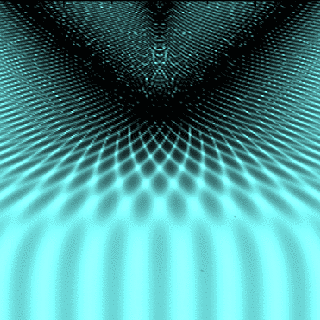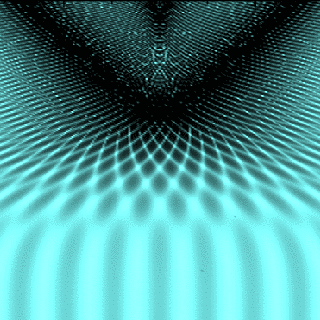Landau levels in a nanotube
Some fifteen years ago, theorists predicted that high magnetic fields would modify the electronic band structure of a carbon nanotube. Two signatures of this were expected to show up experimentally: the Aharonov-Bohm effect, for a magnetic field along the axis of the nanotube, and the formation of Landau levels, for a field that is perpendicular to the axis. While the former has been observed, Bertrand Raquet and colleagues at the Laboratoire National des Champs Magnétiques Pulsés in Toulouse report in Physical Review Letters the first observation of the onset of Landau levels in a carbon nanotube.
Raquet et al. designed a nanotube-based Fabry-Pérot resonator, which is a nanotube (connected to a silicon substrate) that acts as an effective electron waveguide. The conductance through the nanotube waveguide oscillates with the strength of a magnetic field that is applied perpendicular to the carbon nanotube—a signature the electrons are occupying low-energy Landau levels. The observation is particularly relevant to the physics of graphene, where the charge carriers behave like massless Dirac fermions. - Sami Mitra





